Past PhD Students
Christian Brandli
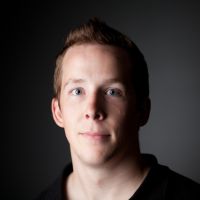
Christian Brandli worked on the implementation of novel event-based vision sensors and algorithms. Particularly on the DAVIS vision sensor and low-level feature detectors. Based on this know-how, Marc Osswald, Prof. Tobi Delbruck and Christian have now founded a start-up company, Insightness where we aim to integrate the DAVIS vision sensor into visual positioning systems for drones and smart glasses. These efforts are supported by the Gebert Rüf Foundation through project GRS-048-/14.
Rico Möckel (2007-2010)

Rico Möckel worked with Shih-Chii on the development of a VLSI motion detection system for the SNF funded Microflyers project.
Past Postdocs
Andreas Steiner (2012-2013)

Andreas Steiner was working with Shih-Chii on the SNF funded SEP project.
In many real world situations, living beings have to deal with incomplete knowledge about their environment and still act reasonable. For example, think of a herbivore who sees just parts of a predator hiding in high grass. Based on this incomplete visual information, the animal has to infer the 'true' stimulus (the predator) in order to initiate an appropriate behavioral response (to flee).
A large variety of such problems, e.g. in the general framework of object recognition, can be described by so called 'Graphical Models' like Bayesian Networks or Factor Graphs. These models describe statistical relationships between a set of variables and give rise to algorithms computing probabilities of states of unknown variables based on the observed information. 'Belief-Propagation' is an efficient method for this task and is also a potential candidate for a biological implementation in the brain, because it is entirely based on local information processing.
Therefore his research was focused on how Belief-Propagation can be implemented in biologically plausible neural network models.
Dennis Göhlsdorf (2012-13)
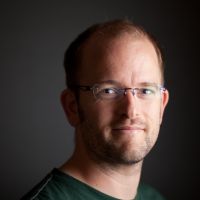
In addition to providing output asynchronous temporal contrast information, the newest generation of dynamic vision sensors feature the possibility to read out sustained intensity levels. This output resembles the output of standard frame-based cameras. I was working on combining the event-based and the frame-based output of these new dynamic vision sensors. By implementing software models of retinal ganglion cells which use both outputs, I was working towards a sensor output consisting of a single stream of events, which contains the same information as present in the two outputs of the sensor.
Raphael Berner (2007-2013)
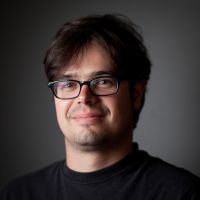
I was working on different aspects of dynamic vision sensors. On the pixel level, we were shrinking the pixel to achieve higher resolution as well as implementing new functionality like color sensitivity and sustained intensity level readout. On the chip level we were developing new word serial AER circuits to speed up communication. On the camera level I was working on PCBs and firmware to interface our chips.
Raphael was a PhD student between 2007-2011 and a postdoc between 2011-2013.
Patrick Lichtsteiner
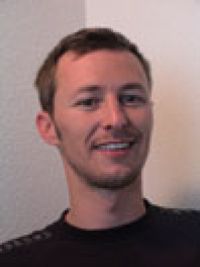
Patrick did his PhD thesis in the sensors group. He worked on the CAVIAR project and he developped the DVS.
His former personal page can be found here.
Past Master Students
Hazael Montanaro (2014)
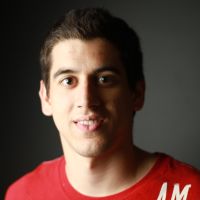
Hazael Montanaro was doing his Master thesis with Tobi on pattern recognition and low level feature extraction from the DVS using an STDP learning rule. This can then be used for robust feature tracking and as part of an unsupervised layer in a hybrid network.
Jonas Strubel (2013)
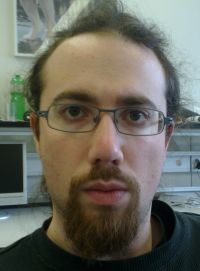
Jonas Strubel was a Master student in multimodal and cognitive systems at the Institute of Informatics at the University of Zurich. He was doing his Master thesis in the group of Tobi Delbruck. The goal of the thesis was to develop a robust knee tracking algorithm for prosthetic use. This was a trilateral collaborative project between the INI, the robotics and perception group (ailab, UZH) and the sensory-motor systems lab (MAVT, ETHZ). This project aimed to substitute the goniometers (angle measurement devices for prosthesis control) a that extract the knee angle on the sound leg. This allows a fully embedded prosthesis control without any external parts.
Past Bachelor Students
Susanne Keller
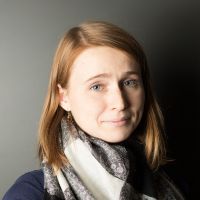
Susanne Keller is worked with Christian and Tobi on a low-level event descriptor and its potential application in structure from motion tasks.
Past Visitors
Takeshi Shimizu
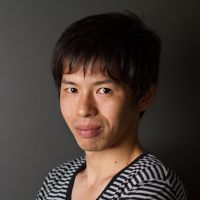
Takeshi Shimizu was visiting the ETH for one year in 2013. He is a doctoral student in the Department of Electrical Engineering and Computer Science at Nagoya University in Japan. He is considering whether he can make a circuit to detect malfunctions and fix them automatically so as to improve the reliability of DNA Sequencer (composed of ISFET) by using the features of neuromorphic organizing principles or circuits.
